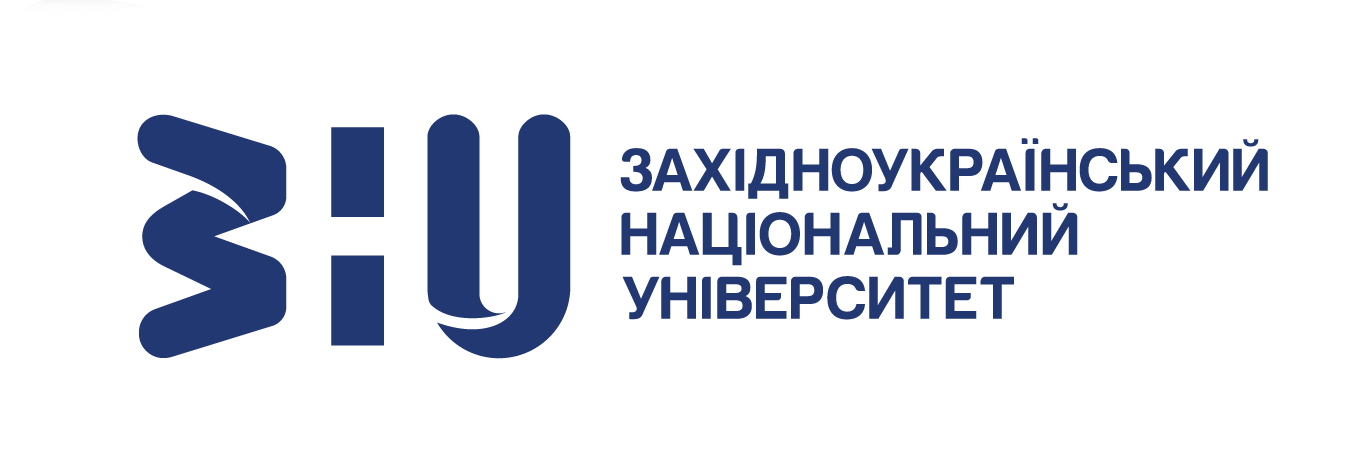Integration of resources and regeneration of the biosystem in the concept of development of circular economy
DOI:
https://doi.org/10.35774/visnyk2019.03.074Keywords:
biophysical environment, biosystem regeneration, circular economy, full cycle economy, linear economy, waste managementAbstract
Introduction. The scale of the risks, threats, and consequently the challenges of reducing and improving the efficiency of waste management, provides significant business opportunities. The circular system enables efficient movement of materials, energy, labor and information for the purpose of restoring natural and social capital. The circular economy should be part of efforts to boost economic development, overcome wasteful consumption and reduce undemocratic power structures in the global economy. Hence, the topic is relevant and needs appropriate research.
Purpose. The purpose of the article is to research the biophysical environment of the circular system, the level of integration of resources and the regeneration of the biosystem in the concept of development of the circular economy.
Methods. Research methods of problems related to the concept of circular economy development are based on general and specific methods of studying economic processes, phenomena and facts concerning the integration of resources and regeneration of the biosystem. This research uses monographic and graphical methods, methods of system analysis, systematization, classification, logical, theoretical and generalizations (in research the integration of resources and regeneration of the biosystem in the concept of development of circular economy).
Results. The world economy meets the demand of the population in all continents at affordable prices, which gives consumers a much higher level of material comfort. The manufacturing industry transforms resources into an extremely large number of products and uses natural resources to produce waste products at the first need. It is relevant to break the product life cycle chain: “raw material-product-dust” and to change the linear economy. The basis for a new system – alternative to linear economy can be system that base on three principles: design waste and pollution; save products and materials in use; regeneration of the natural system. The circular economy is a systematic approach to economic development that can benefit business, society and the environment. The authors believe that, unlike the linear “raw material-product-dust” model, the circular economy model is regenerative in design and aims to gradually reduce the growth effect of the consumption of scarce resources. Accordingly, the circular approach provides systematic changes of everyone and everything: enterprises, governments and individuals; cities, products and jobs.
Discussion. Further scientific researches of circular economy concept development, integration of resources, biosystem regeneration, evaluation of circular business models should be based on the current national and foreign methodology and organization of evaluation of the circularity of economy, its concepts and variations. Further studies should widely apply methods of operational and strategic forecasting and modelling of the enterprise waste management system, etc.
References
Bioeconomy strategy: 2018 to 2030. (2018). Growing the bioeconomy: a national bioeconomy strategy to 2030. BEIS (Department for Business, Energy and Industrial Strategy). Retrieved from https://www.gov.uk/government/publications/ bioeconomy-strategy-2018-to-2030
Bocken, N. M. P., Short, S.W., Rana, P., Evans S. (2014). A literature and practice review to develop sustainable business model archetypes. Journal of Cleaner Production. Vol. 65. № 5. P. 42-56. Retrieved from https://www.sciencedirect.com/ science/article/pii/S0959652613008032
Carrez, D., Van Leeuwen, P. (2015). Closing the loop of the circular economy. Biconsortium. 2015. № 38. P. 34-35. Retrieved from https://biconsortium.eu/sites/ biconsortium.eu/files/downloads/European_Files_september2015_38.pdf
Carus, M., Dammer, L. (2018). The “circular bioeconomy” – concepts, opportunities and limitations. Nova paper on bio-based economy. № 01. Retrieved from http:// bio-based.eu/nova-papers/
Circle Economy (2019). Circle Economy The Circularity Gap report 2019. Retrieved from https://www.circularity-gap.world/
D’Amato, D., Droste, N., Allen, B., Kettunen, M., Lahtinen, K., Korhonen, J., Leskinen, P., Matthies, B., Toppinen, A. (2017). Green, circular, bioeconomy: a comparative analysis of sustainability avenues. Journal of Cleaner Production. Vol. 168. № 1. P. 716-734. Retrieved from https://www.sciencedirect.com/science/ article/pii/S0959652617320425
Deutz, P., Baxter, H., Gibbs, D., Mayes, W., Gomes, H. (2017). Resource recovery and remediation of highly alkaline residues: a political-industrial ecology approach to building a circular economy. Geoforum. Vol. 85. № 10.
P. 336-344. Retrieved from https://www.sciencedirect.com/science/article/pii/ S001671851630104X?via%3Dihub
Growth within: a circular economy vision for a competitive Europe (2015). Ellen MacArthur Foundation. Retrieved from https://www.ellenmacarthurfoundation.org/ assets/downloads/publications/EllenMacArthurFoundation_Growth-Within_July15.pdf
Geissdoerfer, M., Savaget, P., Bocken, N., Hultink, E. (2017). The Circular Economy – a new sustainability paradigm. Journal of Cleaner Production. Vol. 143. № 1.
P. 757-768. Retrieved from https://www.sciencedirect.com/science/article/pii/ S0959652616321023?via%3Dihub
Haas, W., Krausmann, F., D. Wiedenhofer, Heinz M. (2015). How circular is the global economy? Journal of Industrial Ecology. Vol. 19. № 5. P. 765-777. Retrieved from https://onlinelibrary.wiley.com/doi/epdf/10.1111/jiec.12244
Kirchherr, J., Reike, D., Hekkert, M. (2017). Conceptualizing the circular economy: an analysis of 114 definitions. Resources, Conservation and Recycling. Vol. 127.
№ 12. P. 221-232. Retrieved from https://www.sciencedirect.com/science/article/pii/ S0921344917302835?via%3Dihub
Millar, N., McLaughlin, E., Boerger, T. (2019). The circular economy: swings and roundabouts. Ecological Economics. Vol. 158. № 4. P. 11-19. Retrieved from https:// doi.org/10.1016/j.ecolecon.2018.12.012
Geng, Y., Sarkis, J., Bleischwitz, R. (2019). How to globalize the circular economy. Nature. Vol. 565. P. 153-155. Retrieved from https://www.nature.com/articles/ d41586-019-00017-z
Ghisellini, P., Cialani, C., Ulgiati, S. (2016). A review on circular economy: the expected transition to a balanced interplay of environmental and economic systems. Journal of Cleaner Production. Vol. 114. № 2. P. 11-32. Retrieved from https://doi. org/10.1016/j.jclepro.2015.09.007
Gawel, A. (2019). Circular Economy Initiative. World Economic Forum. Retrieved from https://www.weforum.org/projects/circular-economy.



